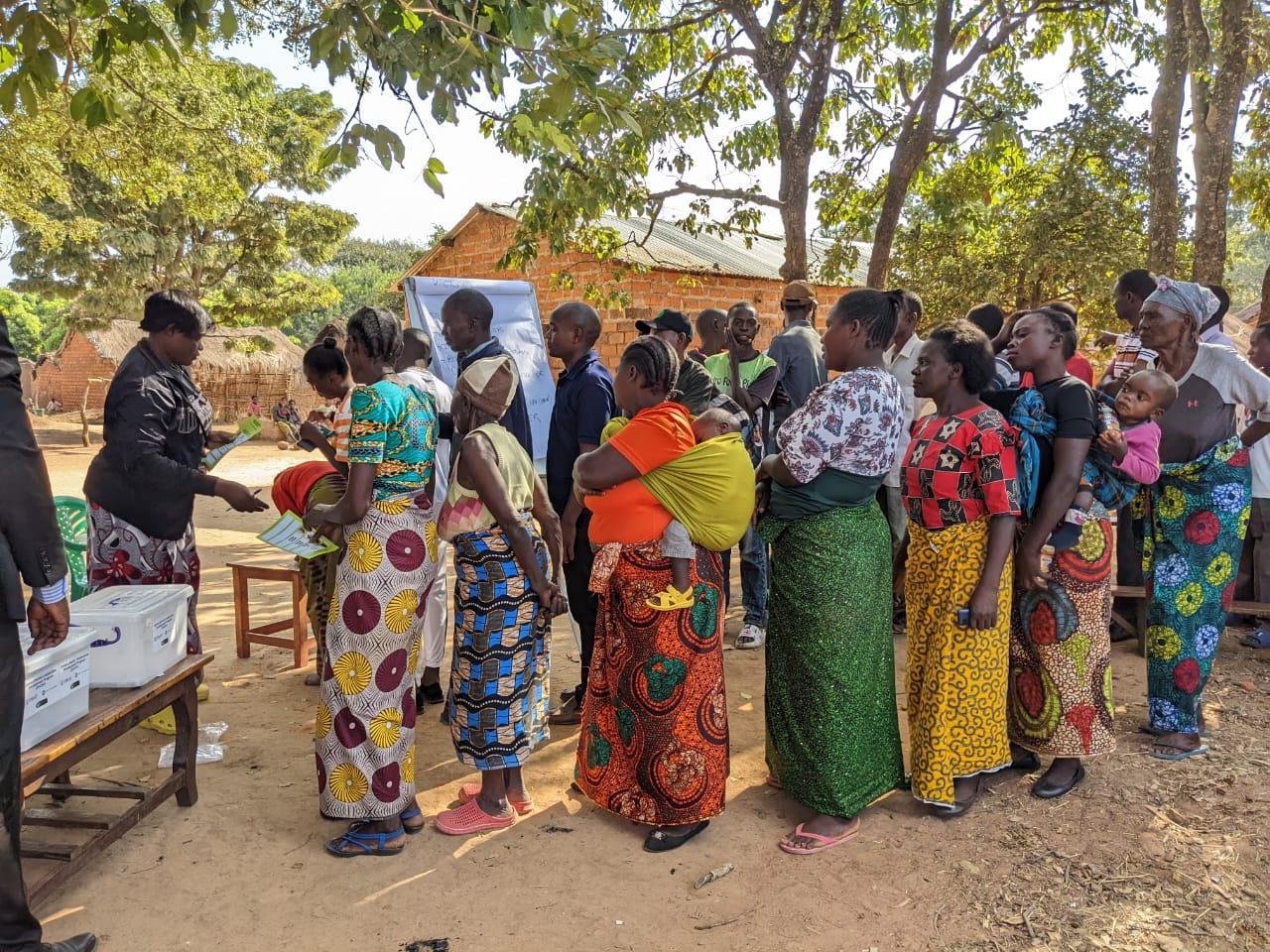Zambia Electric Cooperative Development Program

Cooperative Development Organisation
Implementing Partners and Organisations
Department of Cooperatives, Ministry of Small and Medium Enterprise Development - Republic of Zambia, Ministry of Energy - Republic of Zambia, Rural Electrification Authority, Zambia Cooperative Federation
Period of Implementation
October 2021 - September 2026
Geographic scope
Africa: Zambia
Budget
$ 5,250,000
€ 5 000 000
Donor(s)
Bilateral Aid: U.S. Agency for International Development's (USAID) Cooperative Development Program
Sector(s)
Energy, Rural Development, Utilities
Type of Activity
Governance and Organizational Strengthening, Legal and Regulatory framework, Monitoring & Evaluation, Technical Assistance & Advisory, Training & Capacity Building
Summary
Principal Activities are:
- Establish rural electric cooperatives.
- Build capacity and performance of electric cooperatives.
- Provide technical support to cooperatives at all phases.
- Mentor and train cooperatives to govern, manage and operate mini-grid systems.
- Address legal and regulatory barriers.
- Create productive use of electricity programs.
- Collaborate with other cooperative development organizations.
Project Objectives
The program aims to develop viable electric cooperatives in rural communities, that will play an important role in the electrification expansion efforts in Zambia. In July 2023, after months of hard work, the Ntatumbila community in Zambia's northern region established the first electric cooperative: Ntatumbila Power Electric Cooperative Society.
Impact on SDGs
SDG7 - Affordable and Clean Energy
SDG8 - Decent Work and Economic Growth
Main Indicators
1. Number of cooperative members benefiting from services and resources delivered through cooperatives and credit unions.
2. Dollar ($) value of member equity in a cooperative or credit union.
3. Number of people trained in technical energy fields supported by USG assistance.
4. Dollar ($) value of non-donor resources mobilized for locally led development priorities.
5. Number of cooperatives and credit unions with improved governance.
6. Number of private sector firms that have improved management practices or technologies as a result of USG assistance.
7. Number of beneficiaries with improved energy services due to USG assistance.
2. Dollar ($) value of member equity in a cooperative or credit union.
3. Number of people trained in technical energy fields supported by USG assistance.
4. Dollar ($) value of non-donor resources mobilized for locally led development priorities.
5. Number of cooperatives and credit unions with improved governance.
6. Number of private sector firms that have improved management practices or technologies as a result of USG assistance.
7. Number of beneficiaries with improved energy services due to USG assistance.
Direct beneficiaries
Organisations: 5
Individuals: 1500